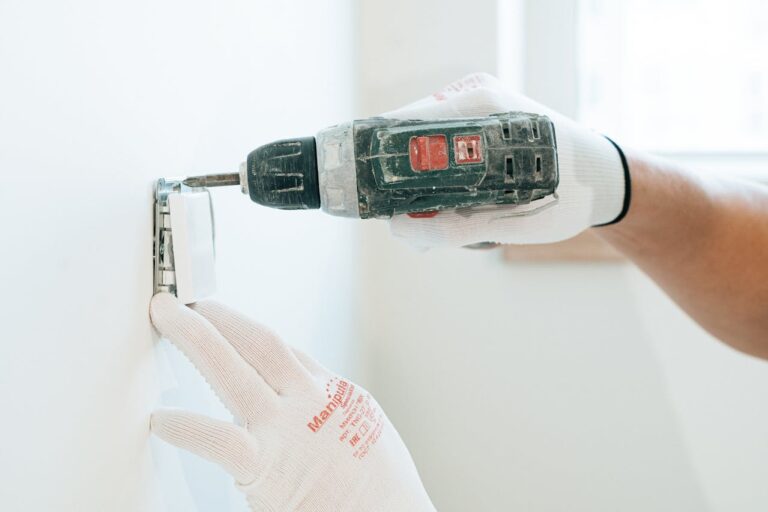
Ingrown toenails is a foot condition that oftentimes isn’t a medical emergency but causes pain and reduces mobility, making it worth treating. While they may seem minor, they can impact daily life and lead to further complications if not addressed. Here is more information on what this condition is, how it can be treated, and when you might want to seek professional care.
What Are Ingrown Toenails?
An ingrown toenail occurs when the edge of a toenail grows into the surrounding skin, often causing discomfort, redness, and swelling. Commonly affecting the big toe, this condition may develop when nails are trimmed too short or at an angle, shoes don’t fit correctly, or the occurrence of fungal infections. Individuals with certain health conditions, such as diabetes, may be more prone to this condition and should seek treatment to prevent the condition from becoming more serious.
What Are the Symptoms?
Ingrown toenails typically present with visible and physical signs. You may notice redness and swelling around the affected nail, as well as tenderness in the area. Some individuals may experience throbbing pain when pressure is applied to the toe, such as while wearing shoes or walking.
If the nail is left untreated, symptoms may progress. The skin may become infected, leading to additional swelling, discharge, and pus around the affected area. For those experiencing these symptoms, addressing the issue promptly can prevent further pain and problems.
What Are the Treatments?
The treatment for an ingrown toenail depends on its severity. Mild cases can often be managed at home by soaking the foot in warm water to reduce inflammation and soften the nail. Over-the-counter anti-inflammatories are one method of reducing pain in the toe. Avoiding tight shoes and socks that prevent the foot and toenail from breathing is recommended for additional benefits.
For more severe cases, professional treatment may be required, such as partial or full nail removal while under local anesthesia by a medical professional. This is a minor, in-office procedure that gets rid of the problem toenail. If an infection is present, antibiotics may be prescribed to avoid more serious concerns like toe or foot amputations.
Why Should You Seek Treatment?
Addressing ingrown toenails promptly helps avoid unnecessary complications. If left untreated, they can worsen and potentially lead to infections. Advanced infections may not only cause significant pain but will often require more intensive care to resolve. Early treatment can prevent these circumstances.
Beyond health concerns, seeking treatment allows you to regain your wellness and mobility quickly. Walking, running, and daily activities can become pain-free again after the toenail is treated. Those with underlying conditions like diabetes or poor circulation particularly benefit from professional care, as even small issues can have more severe consequences for their overall health.
Also Read: Nail Astrology – What Does Your Nails Say About You?
Learn More Today
Ingrown toenails can disrupt your daily routine, but effective solutions are available. Whether it’s through at-home care or professional treatment, managing this condition can bring immediate relief and prevent unnecessary pain. For more information on addressing this condition or to explore podiatry services, reach out to a trusted specialist today. Take the first step toward healthier, pain-free feet.








